Is your car’s braking power not as efficient as it used to be? It might be time for a brake service. Regular brake maintenance is crucial to your safety and the safety of everyone else on the road.
This guide will cover the importance of brake jobs, the tools you’ll need, the steps to getting the job done, and some common mistakes to avoid so your brakes are in their best possible condition.
- Difficulty: Medium
- Duration: 1-2 hours
- How often: Every season
The Importance of Regular Brake Servicing
Your car’s brakes slow down or stop your vehicle, allowing you to avoid potential collisions. Overlooking your brakes can lead to accidents and expensive repairs, whereas regularly inspecting your brakes will help you to address any issues before they escalate into serious problems.
A thorough brake service involves an inspection, cleaning, and lubrication of all brake components, including the rotors, clips, and calipers. You may also need to replace damaged parts or repaint certain surfaces, such as a brake caliper, brake drum, or brake hardware.
You may notice the following signs that your brakes need maintenance:
- squealing or grinding noises when braking
- a soft brake pedal
- a vibrating steering wheel
- your car pulls to one side when braking
If you notice any of these issues, it’s critical to act quickly.
Brake Service Tools and Equipment
Before you start your brake service, make sure you have the proper tools on hand.
Safety Gear
Safety should always be your top priority. To protect yourself from debris, dust, and brake fluid, you’ll need:
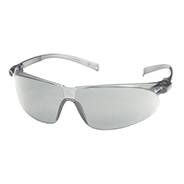
PROTECTIVE EYEWEAR, CLR ANTI-FOG LENS
4.09 $
Shop Now
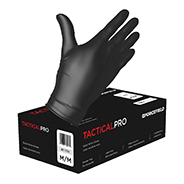
Genuine Joe Disposable Nitrile Gloves Box Of 100
6.29 $
Shop Now
Setup & Tools
These tools are essential for lifting your car, removing the wheel, loosening and tightening bolts, compressing the brake caliper piston, and getting the proper torque when reassembling:
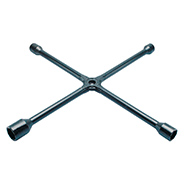
ULTRAPRO 4-Way Lug Wrench Mm
32.69 $ 21.29 $
Shop Now
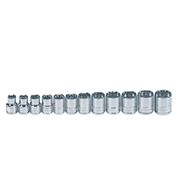
ULTRAPRO Socket Set 1/4 In. Drive Metric 11 Pieces
46.59 $ 23.89 $
Shop Now
Cleaning Items
Collect these items to properly clean and protect your brake components:
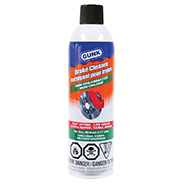
GUNK Brake Cleaner, 390 G
10.75 $
Shop Now
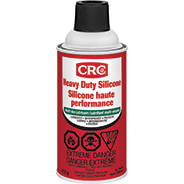
CRC Heavy Duty Silicone Lubricant, 212 G
13.99 $
Shop Now
Step-by-Step Brake Job Guide
A full brake job, including replacing brake pads and rotors, can take anywhere from one to two hours.
1. Prepare the Vehicle
Park your vehicle on a flat surface and engage the parking brake. Loosen the lug nuts before raising the vehicle with the jack. Once elevated, secure it with jack stands.
2. Remove the old brake pads and rotors
Remove the lug nuts and take off the wheels. Carefully remove the brake caliper, followed by the brake pads and rotors.
Tip: A very light coat of anti-seize on the brake rotor centre hole will make it easier to remove from the wheel hub.
3. Clean thoroughly
Use sandpaper and a wire brush to clean all the mating surfaces, paying special attention to the hub face, hub centre, and brake pad carrier. If the rust is extreme, use a chisel.
To prevent future corrosion, apply high-temperature paint to the brake caliper and frame after cleaning.
4. Lubricate
Generously lubricate the slide pins with heavy silicone grease (not anti-seize compound). A tiny amount of anti-seize compound can be used to lubricate the retaining pins and the brake hardware where the pads come into contact with the caliper.
5. Install new brake pads and rotors
Change any parts that show wear.
Place the new rotors in position and secure them. Apply brake grease to the brake pad contact points and install the new brake pads. Reassemble the brake caliper and tighten all bolts, including the caliper mounting bolts and lug nuts, according to the manufacturer’s specifications.
6. Bleed the brake system
Bleeding the brake system removes air bubbles and ensures proper brake function.
Locate the brake bleeder valve on each brake caliper. Attach a clear hose to the valve and submerge the other end in a container filled with brake fluid. Have someone press the brake pedal while you open the valve to release air. Repeat until no air bubbles are visible.
You can find a wide selection of brake components and tools on NAPACanada.com. If you’re uncertain about performing a brake job, consult a professional mechanic at a NAPA AUTOPRO service centre.
Common Mistakes to Avoid When Doing a Brake Job
As you work on your brake job, keep an eye out for the following common errors.
Incorrect installation of brake components is a common mistake. This includes improperly torquing brake caliper bolts, failing to lubricate the brake pads thoroughly, or not bleeding the brake system properly after installing new brake pads or rotors. These errors can result in uneven brake pad wear, reduced braking performance, or even brake failure.
Skipping steps like cleaning or inspecting the brake components or torquing the lug nuts can have serious consequences. It’s vital to follow through on each step, so don’t schedule your DIY brake job on a day when you’re not able to take your time.
Also avoid using low-quality or incompatible brake parts. While it might be tempting to save money by buying cheaper parts, they might not provide the same performance or durability as higher-quality components. Incompatible parts can lead to improper fitment and potential brake system failure.
Attention to detail and following the manufacturer’s recommended procedures are crucial when doing a brake job. By avoiding taking shortcuts, you can ensure a successful brake job that keeps you and your vehicle safe on the road.
For any questions about the equipment you need for a brake job, visit your local NAPA Auto Parts store to speak with an expert. For a professional brake service, take your vehicle to any NAPA AUTOPRO service centre.

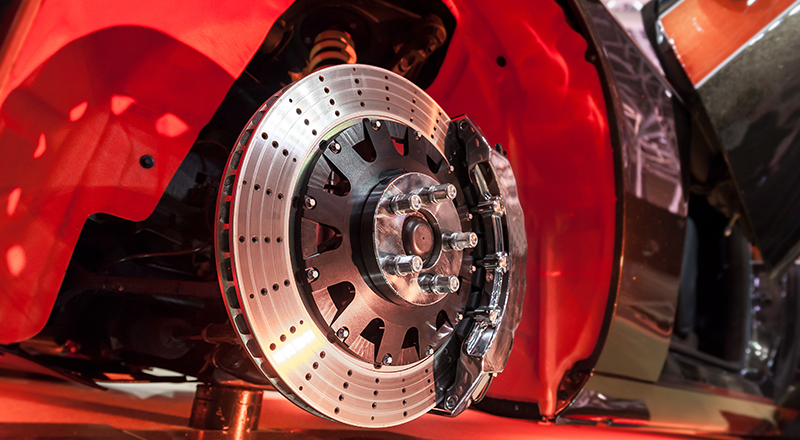








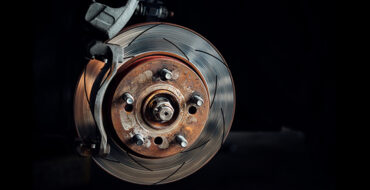
I truly enjoy looking at on this internet site, it contains fantastic articles.
This actually answered my problem, thanks!
Thank you for any other fantastic post. The place else could anyone get that kind of information in such a perfect approach of writing? I’ve a presentation next week, and I’m on the search for such info.